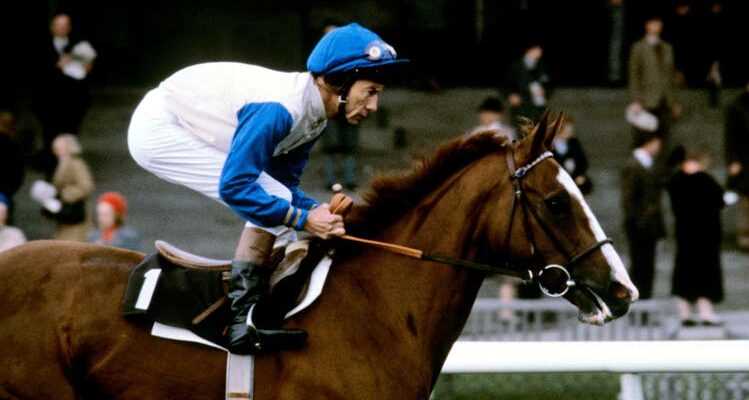No jockey was more successful worldwide than the Brit Lester Piggott – in England alone he won 4493 races. He died in Romandy at the age of 86.
Lester Piggott won the English Derby nine times, pictured in 1985.
Steve Guerdat won Olympic gold in 2012 with Nino des Buissonnets. And when his show jumper retired from the sport at the CHI Geneva in 2016, Lester Piggott could be seen holding up sheets of paper with the inscription “Merci, Nino”. At the moment of this Swiss gratitude, it became noticeable how much the Brit felt at home in Romandy, where he had moved to at the age of 77 with his Swiss partner Barbara Fitzgerald-Zindel. Here the former top jockey didn’t have to do without horses or family. The wife Susan, the two daughters and the son came to visit from the island; Whenever possible, joint trips to races and equestrian events were planned.
Racing is a big family in a small world. In English turf, piggotts can be traced back to the 18th century. Grandfather Ernie was a champion jockey, grandmother Margaret daughter of Tom Cannon, the outstanding jockey of Queen Victoria’s day. Father Keith was a racer and in 1962 and 1963 best trainer of obstacle horses, mother Iris daughter of jockey Fred Rickaby.
Lester kept that tradition alive. Wife Susan, née Armstrong, came from a distinguished coaching dynasty, daughter Maureen married William Haggas, a current successful racehorse trainer. The partner Barbara also had the horse “in her blood”. Her father Andreas Zindel trained thoroughbreds in Paris in the 1950s and launched horse racing in Maienfeld.
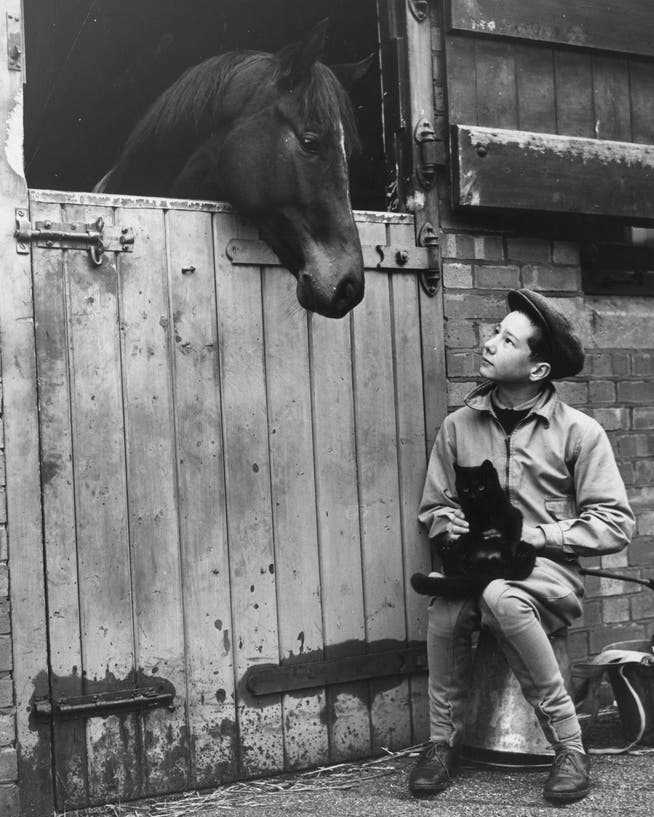
Apprentice jockey Lester Piggott in front of his father’s stables in 1950.
Lester was 12 when he won his first race at Haydock in 1948 and was just under 59 when he won his last race at the same venue in 1994. A total of 4,493 victories in England add up – an impressive number for the once shy only child. Piggott doesn’t hear well, speaks indistinctly. In the saddle, however, he shows mischievousness, an irrepressible and sometimes ruthless will to win. It also characterizes today’s riding style, in which the jockeys stand high above the horse with a horizontal back in extremely short stirrups. Piggott practices this style because he is 1.73 meters tall, which is unusual for a jockey, and he is on an iron diet. His normal body weight is around ten kilos more than he is allowed to carry in the saddle.
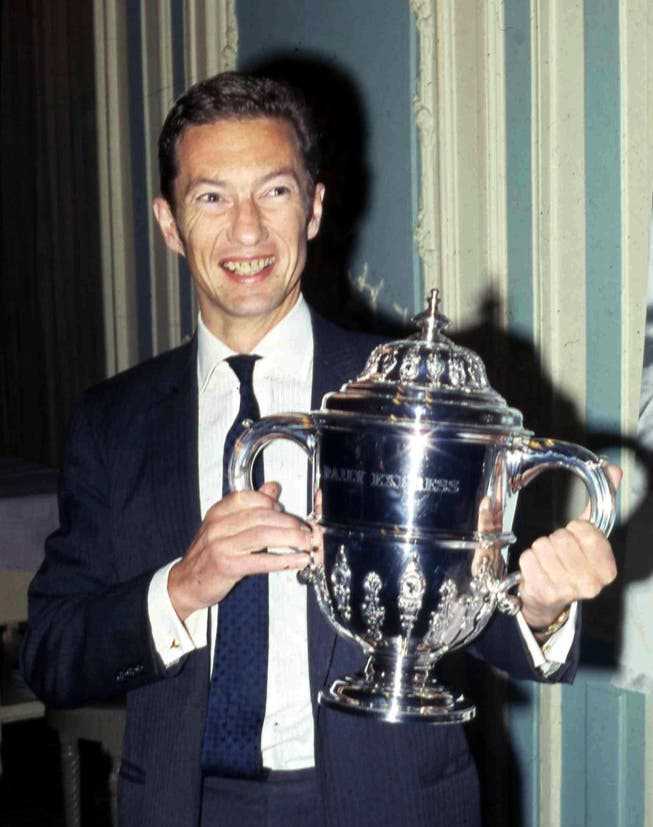
Lester Piggott with the British Sportsman of the Year trophy in 1968.
After the first of nine successes in the Epsom Derby, Piggott was banned indefinitely at Ascot in 1954 for dangerous and reckless riding. But he didn’t return broken, but stronger in the racing saddle. His involvement in Ballydoyle, Ireland, in the 1960s and 1970s brought him his sporting and financial breakthrough: trainer Vincent O’Brien and businessman Robert Sangster bought young stallions that prepared them for major races in Ireland and after a successful career to be placed there as stallions, the cornerstone of Coolmore.
This company is now a leader in global thoroughbred breeding; Piggott shared in its success. When he ended his racing career in 1985 and switched to coaching, it wasn’t long before he had to relinquish the Order of the British Empire in 1987 and go to prison for tax evasion.
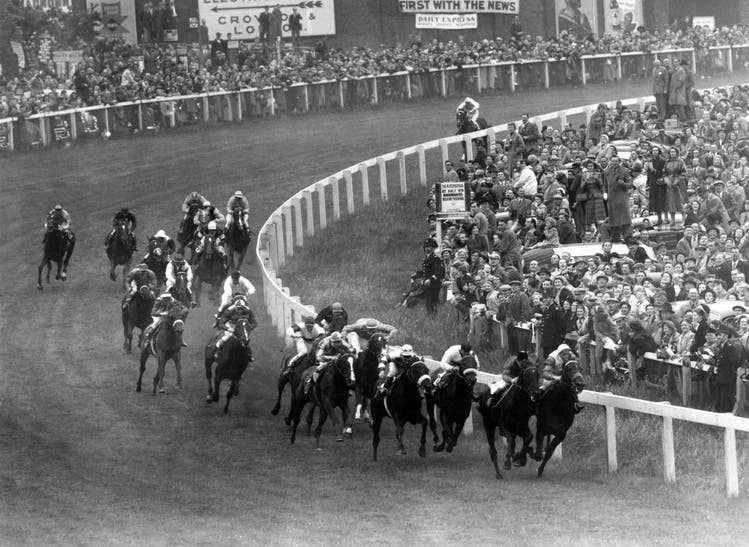
The 1954 Epsom Derby: Lester Piggott wins on Never Say Die.
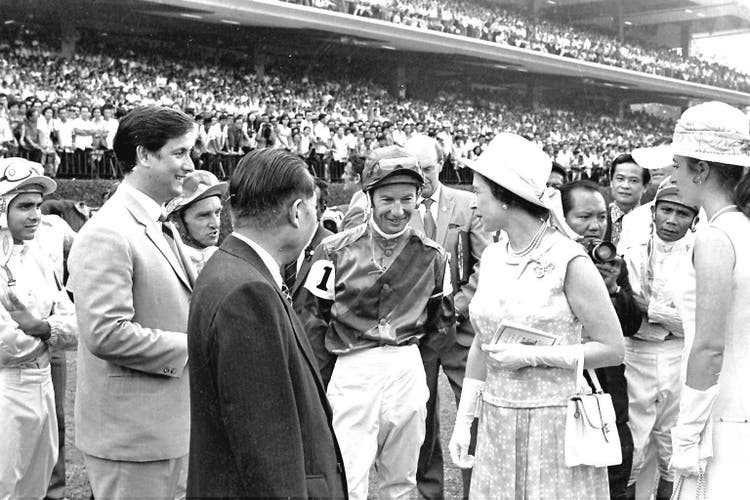
Queen Elizabeth II congratulates Lester Piggott on his victory in Singapore in September 1972.
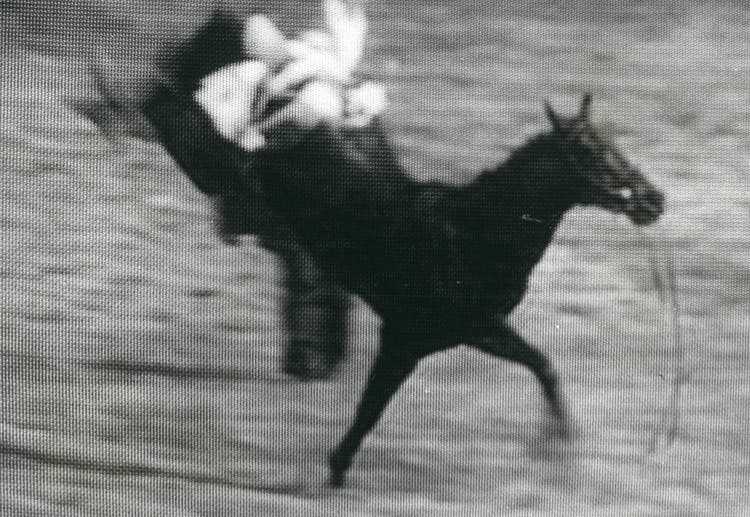
On April 4, 1981, Lester Piggott fell while racing at Epsom, narrowly escaping with his life.
Piggott returned stronger from this setback as well. In 1990 he launched the stallion Royal Academy from fourth to bottom in the Breeders’ Cup and fought his way past the highly rated competition in the home stretch. “You don’t forget it,” he said dryly about the feat he achieved nine days before his 55th birthday and twelve days after returning to the racing saddle. Piggott never bragged about it. “Fame fades with time. The older ones may still know me, but the younger ones will hardly know who I am,” he once stated soberly. Piggott celebrated his last birthday, his 80th, modestly at home in French-speaking Switzerland. Loud was not the jubilee, but only the invited young people from the neighborhood.
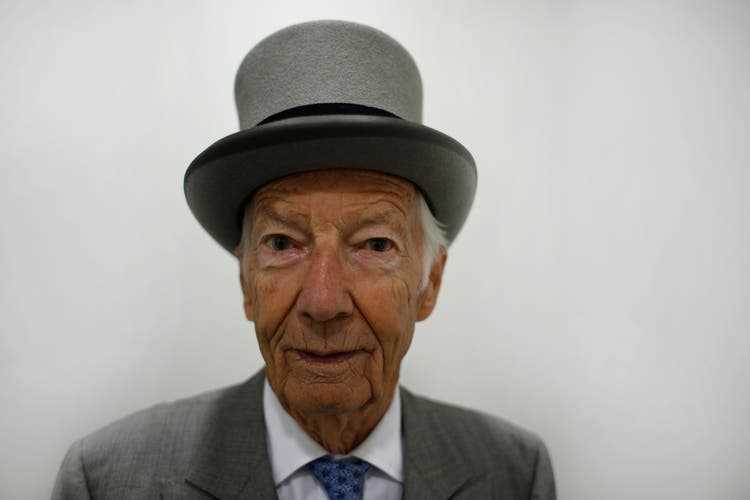
Lester Piggott, portrayed at Ascot, England, 2016.
She must have sadly said “Merci, Lester” when it became known on Sunday morning that Piggott had died at the age of 86 in a hospital in Nyon.
